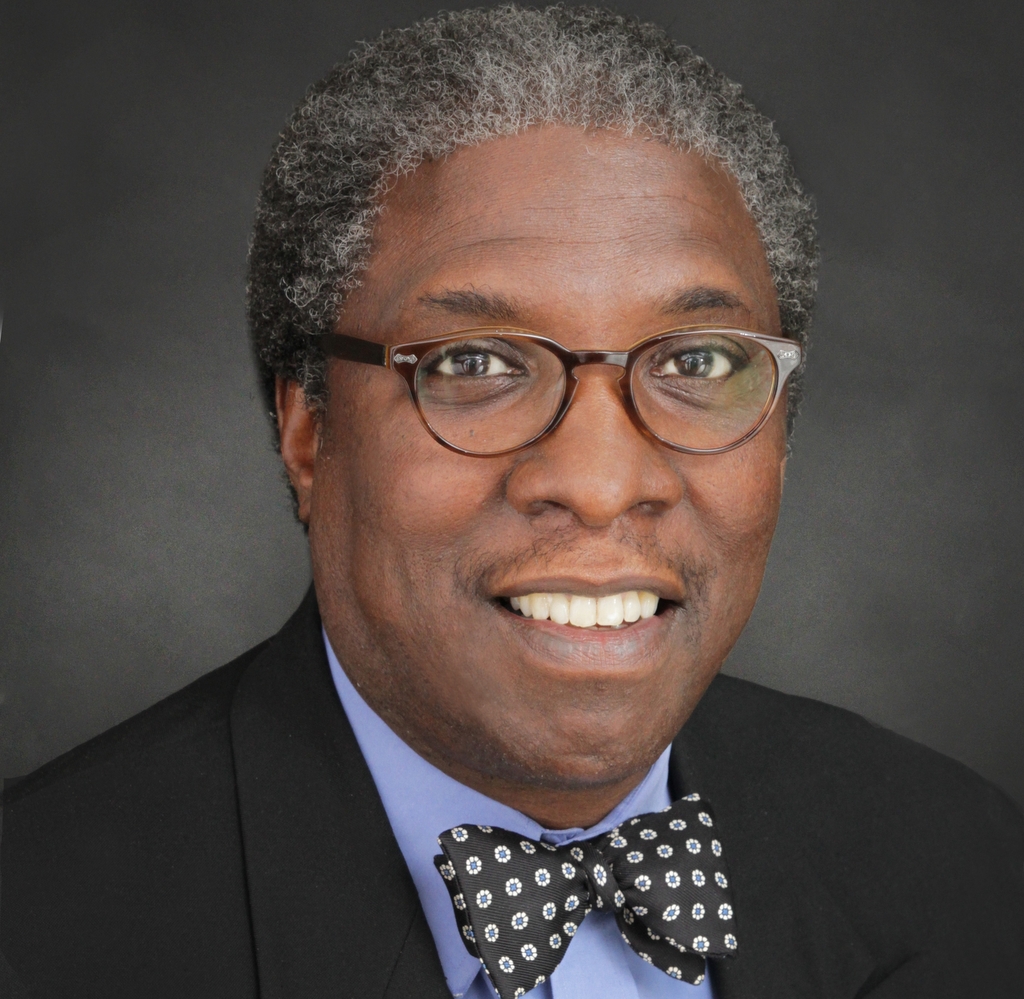[ad_1]
By J. K. Schmid, AFRO Reporter
The Park Heights Multi-Purpose Center is just how it sounds. It holds offices where Park Heights residents can access and attain state and city resources to make daily life in some of Baltimore’s most impoverished communities the most liveable.
It’s a humble building, standing in stark contrast to the elaborate architecture of Louisa May Alcott School or School No. 59. It’s in a perfect place to remind of a Park Heights that was and that is.

Because now, amidst sidewalks washed out with silt and hemmed in by homes so gutted with blight that you can look through them into the houses across the street, Park Heights needs a lot.
Residents can come to the Center for state assistance with energy and heat bills and also for city assistance with water. But, while help with individual bills is vital, it takes much more to get a community out of crisis.
Park Heights Renaissance, located in the same Multi-Purpose Center, has ideas and plans for getting out of crisis and into resiliency.
Marcus Pollock, the executive director of Park Heights Renaissance, laid out a vision in a May 15 interview in his office.
“We will work a miracle,” Pollock told the AFRO, “because it’s been preordained. It’s a providence. It’s not me, it’s us.”
Mr. Pollock is alluding to his No. 1 resource.
“We’ve got a good solid infrastructure there, the people,” Pollock said. “That’s where you need to be able to develop.”
Looking back at the Baltimore that was, Pollock highlighted what he thinks is missing.
“One reason, I think, most people would argue that integration failed is because you really did have a rich mosaic of people with money, they weren’t drug dealers, they were professionals,” Pollock said. “So they lived right in the same area, where you did, and you could see those examples in front of you.”
Part of attracting and sustaining a new professional class is the provision of affordable housing. Plans for just such a structure, the 84-unit Renaissance Row, were announced Feb.14.
Another necessity is services, like transportation.
Park Heights is currently situated in a food desert. While there are plans for retail development, Renaissance’s Master Plan does not envision development for the largest commercial spaces, like grocery stores.
“The need is great and you just don’t have but so many resources, but you’ve got to pull it together and make it happen anyway,” Pollock said. “Part of what we’re going to focus on is creating a circulator.”
Resources, like capital and MTA bus routes may be in short supply, but Pollock is looking for contributions from a “considerable player” in the Park Heights region.
“Sinai Lifebridge, they’ve got a fleet of 50 of so buses. Take one off of the line and put them on as part of a circulator that goes around and hits the supermarkets and other things, the commercial districts, and bring [passengers] back,” Pollock said. “Have it so every 30 minutes they can get somewhere they need to go, without having a car. That’s a way that you can deal with walkability.”
The specifics are still in development but Pollock believes “it’ll be perfect.”
The idea of building on what’s already here informs Pollock’s commitment to Pimlico.
“There is such a thing called tradition,” Pollock said. “I like to say it this way, because I think it’s important to: Out of all the things that have happened or hasn’t happened to Baltimore City, we need something can give us a lift.
“Look at all those people there, man,” Pollock said, watching a photo of crowds watching a race at the Pimlico Racetrack. “I’m telling you the truth, it’s a wonderful thing to happen each year.”
“Each year, I don’t care what you’re doing, the whole world, literally, in some senses, is beaming down on the Preakness,” Pollock said. “And it doesn’t matter whether you’re White, Black, or Jew or Muslim, gay or straight, you get a chance to celebrate the possibilities. The cultural icon it represents is very powerful, and I don’t think that people realize that because they don’t think about it until they can say , ‘Dang, this is the one thing that we can call our own.’”
[ad_2]
Source link
